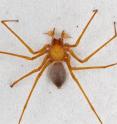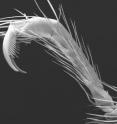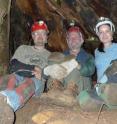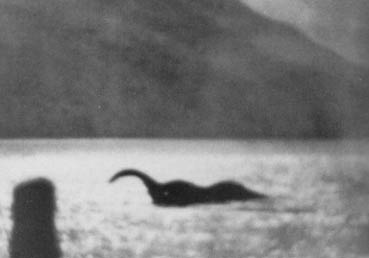
Editor’s Note: This is a post by Bigfoot Evidence contributor, Damian Bravo. You can join his Facebook group, Sasquatch Lives?.
Those which follow the Bigfoot enigma have to learn right away to be disappointed. In this search to find the true evidence on Bigfoot, the first rule you must learn is great claims require even greater undeniable proof. We have seen in 2012 several claims of a captured Bigfoot, whether dead or alive as the supposed team Quantra who Ed Smith, an avid and trusted poster in the MABRC forums, mistakenly received a coded message; “We have Daisy in a box” and released.
...
Yet, my good friend and respect member of the Bigfoot community Guy Edwards in
one of the Podcast of Extinct created by www.thebigfootreport.com creator, Ro
Sahebi, made a very true resounding message about “BIG” Bigfoot announcements
and the 5 stages which could be applied to them...
Those which follow the Bigfoot enigma have to learn right away to be disappointed. In this search to find the true evidence on Bigfoot, the first rule you must learn is great claims require even greater undeniable proof. We have seen in 2012 several claims of a captured Bigfoot, whether dead or alive as the supposed team Quantra who Ed Smith, an avid and trusted poster in the MABRC forums, mistakenly received a coded message; “We have Daisy in a box” and released.
...
Yet, my good friend and respect member of the Bigfoot community Guy Edwards in one of the Podcast of Extinct created by www.thebigfootreport.com creator, Ro Sahebi, made a very true resounding message about “BIG” Bigfoot announcements and the 5 stages which could be applied to them...



















































